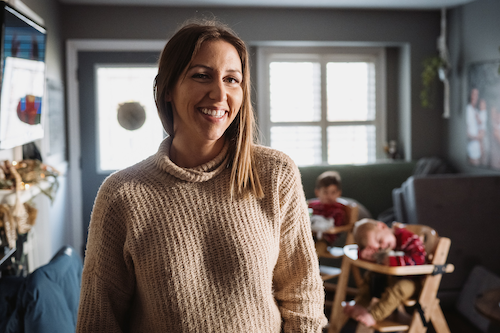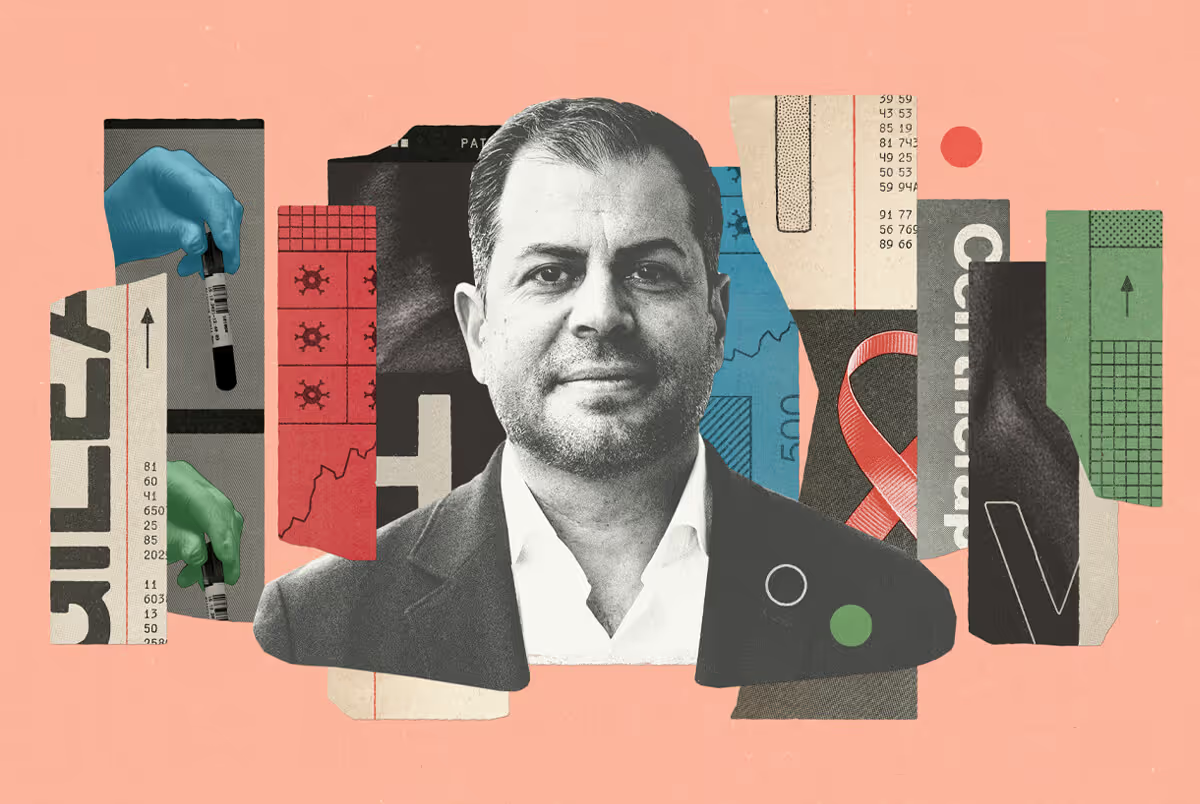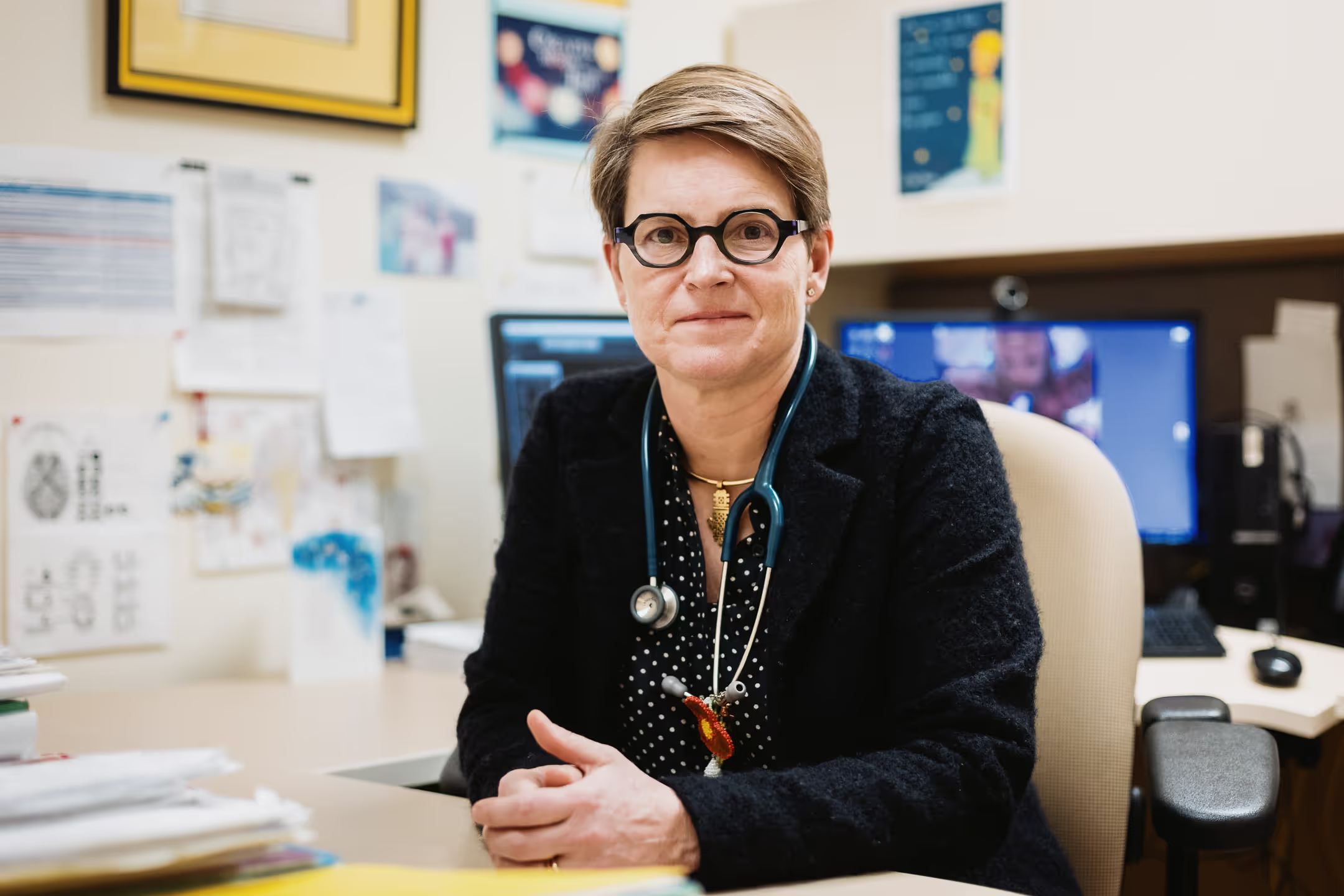“I moved from India to Edmonton with my husband in 2018. We were going to build new careers, new lives, start a family. But life had different plans for us.
Within a year of arriving in Canada, I was debilitated by a persistent high fever with no apparent cause. I was unable to eat or work for almost three months, and my body was wracked with unbearable chills. Finally, after months of extensive tests, scans, surgeries and biopsies with no answers, my husband announced that he was taking me back to India in the hopes that someone there could diagnose me. ‘Let us try one more thing before you go,’ my health team in Edmonton asked.
They decided to take a skin biopsy. While they were analyzing the biopsy, my husband was meeting with my GP to sort out medications and protocols for our 24-hour flight back to India. Suddenly, all the doctors rushed into my room and delivered the shocking news: ‘We strongly advise against going back to India. It’s stage four subcutaneous panniculitis-like T-cell lymphoma, a rare type of blood cancer. You need to start treatment immediately.’
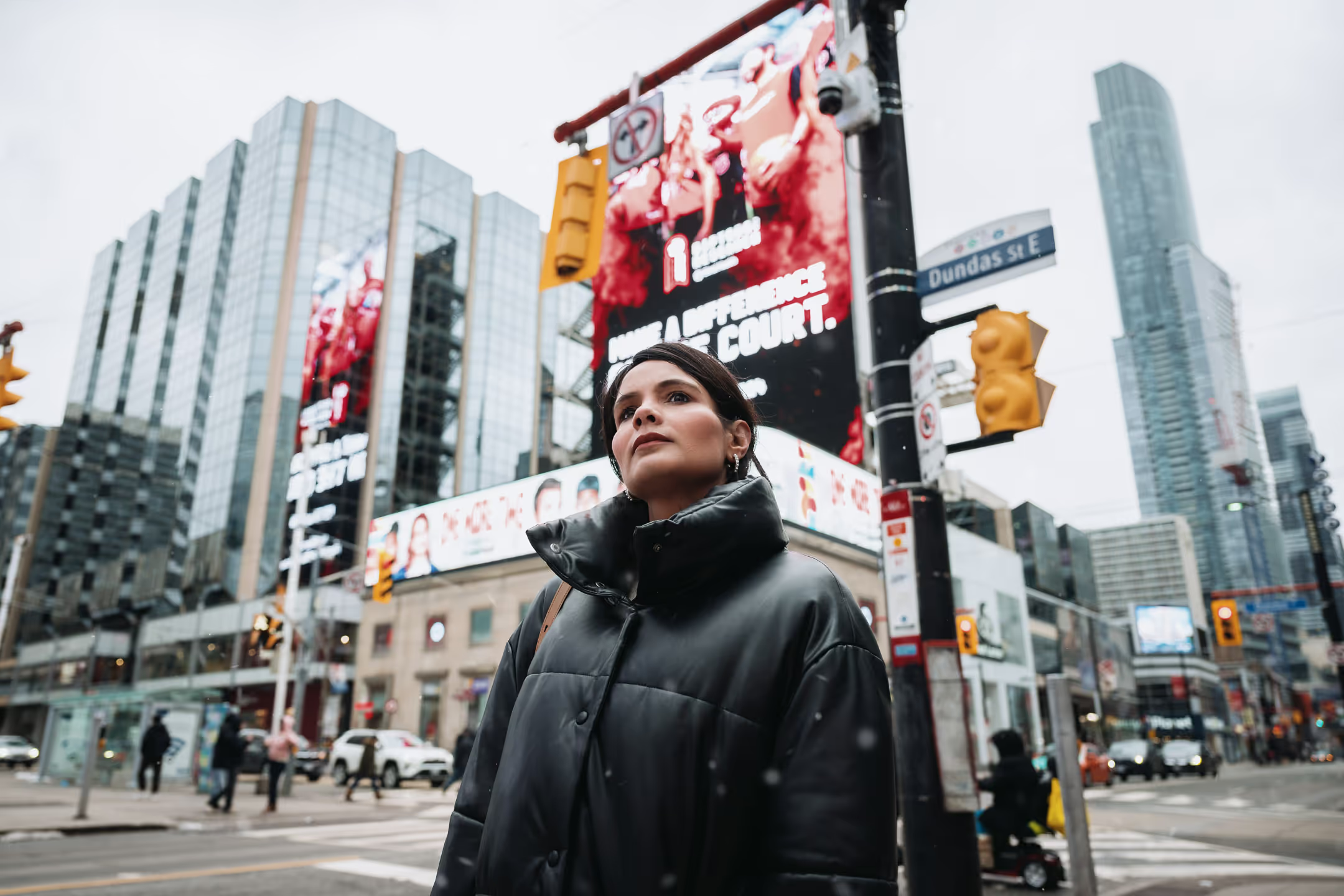
At that moment, I felt numb. I had spent months searching for an answer, and when I finally received it, it was unimaginable. Chemotherapy took my hair and impacted my fertility, but it didn’t halt my cancers progression. We found ourselves at a crossroads. I was presented with two options: continue with chemotherapy or undergo a stem cell transplant. The risks associated with a transplant were substantial. My condition was so rare that the doctors had no previous case studies to reference.
I reached out to my family doctor back in India, who also happens to be my uncle. ‘You have to try,’ he encouraged me. So, we began the search for a match, and almost immediately, we discovered that my younger brother was a 100% match. It was an incredibly rare occurrence. I’ve encountered many individuals who had to search extensively for a match, sometimes even globally. This is something I emphasize — the critical importance of donating stem cells. Not everyone is as fortunate as I was to receive a second chance at life.
In April 2020, I was admitted to the Tom Baker Cancer Centre in Calgary for a 35-day stem cell treatment. The medical team estimated that I had a 50% chance of survival. Given that it was the peak of the first wave of COVID-19, I understood that I would be in isolation throughout the entire treatment. I vividly recall standing outside the hospital building with my family, embracing them tightly, and a thought crossed my mind that this might be the last time I would see any of them.
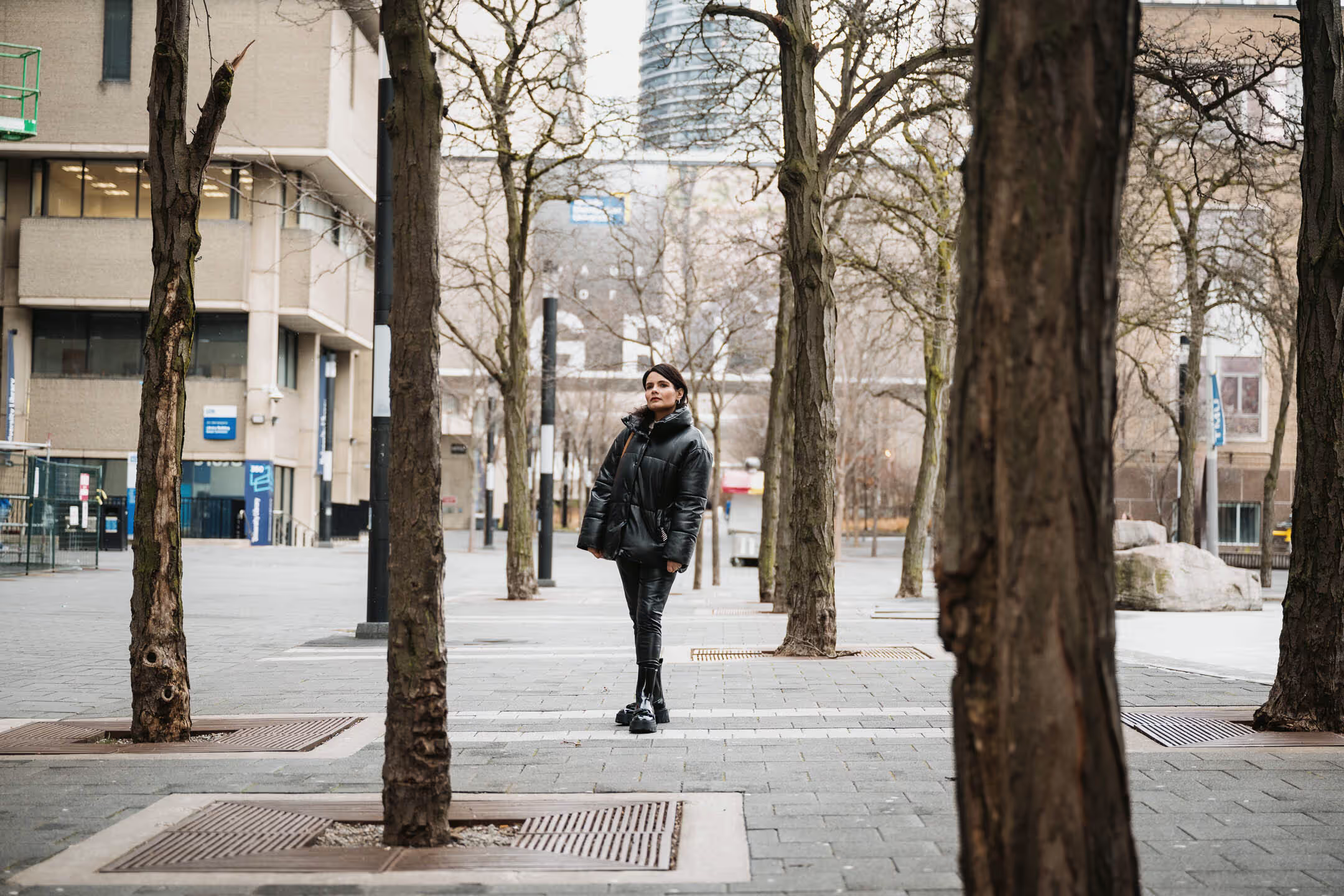
While I was in the hospital, I started writing. Because I was so sure I wasn’t ever leaving that hospital alive, it felt important to commit as much of my journey to paper as I could. So that my family and friends could read and understand once I was gone. Little did I know that this would mark the beginning of my journey as a dedicated cancer advocate.
Because, when I did get out of the hospital, when I did survive, when I did get better, I soon realized that I still needed to share what I had written. And so I started a blog and began sharing it on social media. My mom strongly disapproved of my actions. She disliked that I was posting pictures of myself with a bald head because, in the South Asian community, particularly within our Sikh community, there exists a significant stigma and taboo surrounding topics like cancer and chemotherapy.
It was encountering that stigma directly that made me truly understand how important it was for me to keep telling my story. I realized that in all the materials and stories I’d seen from great organizations like the Canadian Cancer Society, Young Adult Cancer Canada, Lymphoma Canada and the Leukemia & Lymphoma Society of Canada, I had never seen anyone who looked like me. To me this didn’t make sense, because cancer doesn’t see colour or religion.And so I’ve kept sharing my story in the hopes that the next person who looks like me won’t feel so alone. In fact, a friend and I are currently launching an online support page called Chai & Hope: South Asian Cancer Community. Because no one should suffer in silence, unseen.”
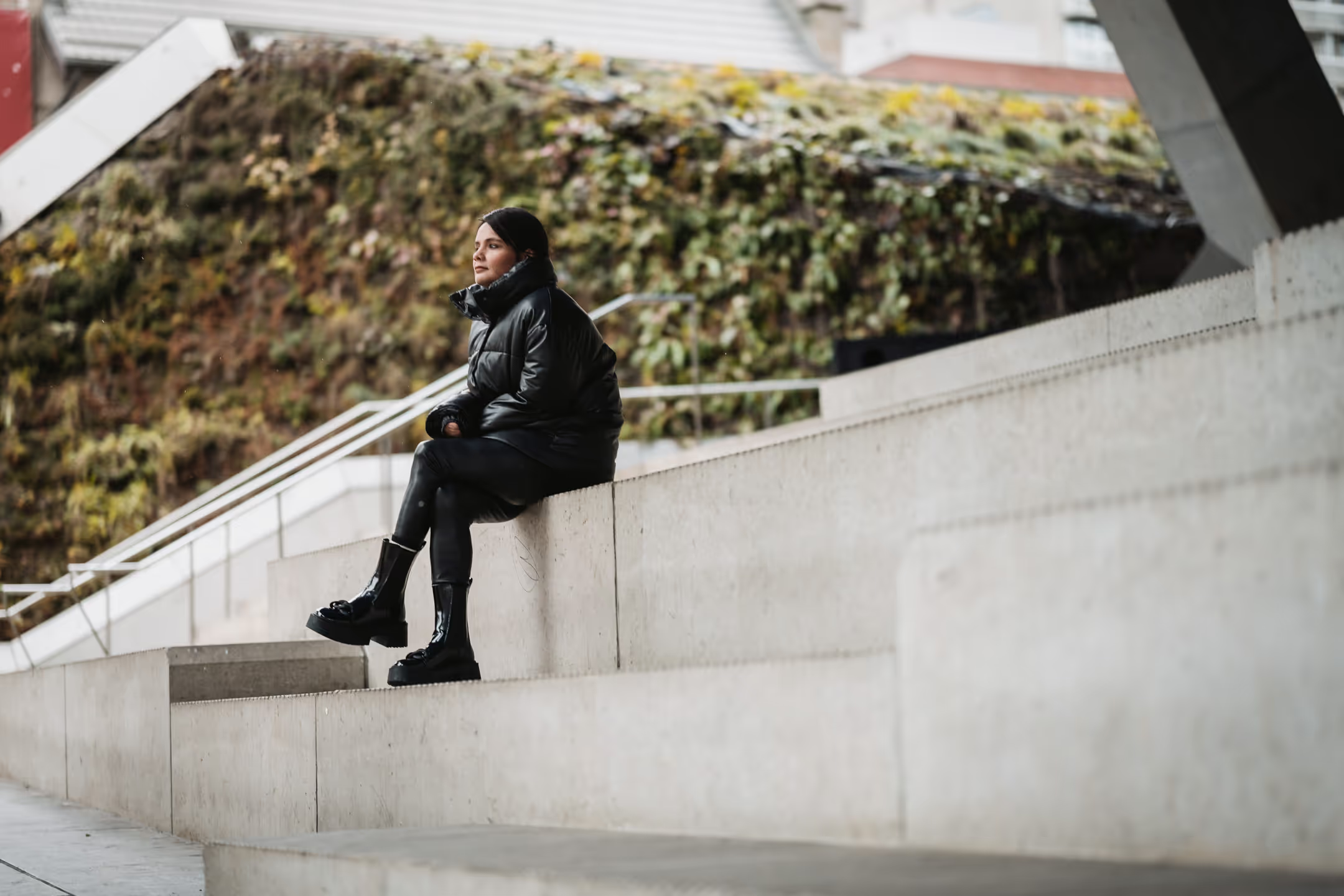


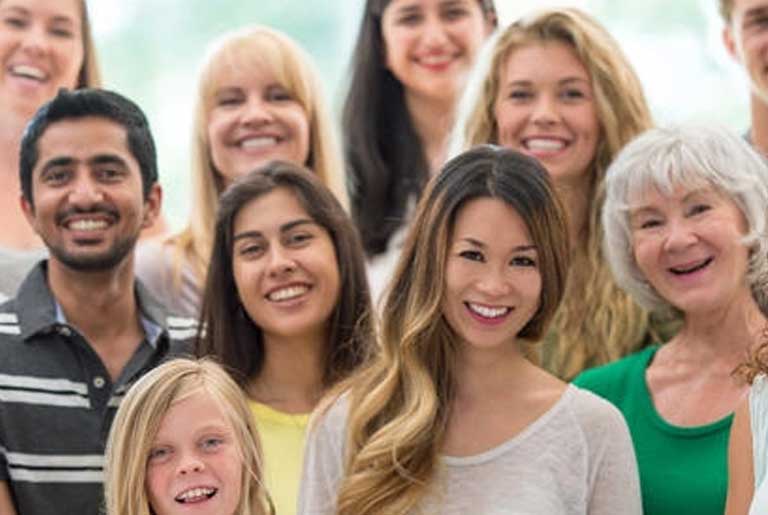
%20(1).jpg)
